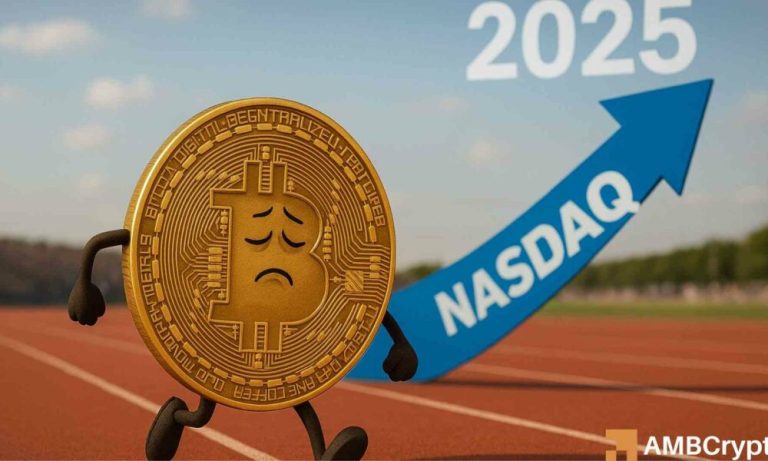
The Evolution of Crypto Exchange Listings
For cryptocurrency projects, listing on a top-tier exchange like Binance or Coinbase has long been regarded as the pinnacle of success, a milestone that transforms emerging tokens into globally recognized assets. Historically, this achievement was associated with massive price surges, commonly referred to as the ‘Binance Pump’ or ‘Coinbase Effect.’ However, the landscape has shifted dramatically due to increasing regulatory scrutiny, a more mature market, and the rise of decentralized exchanges (DEXs).
Today, centralized exchanges (CEXs) are no longer just transactional platforms but gatekeepers of credibility, with stringent listing requirements that reflect their evolving role. For a project to secure a highly sought-after spot on a top exchange, it must demonstrate more than hype—it must showcase substance, long-term utility, and compliance readiness.
Key Pillars for Securing a Listing
Leading experts in the crypto space agree that the days of exchanges listing projects based on social media buzz or pre-sale hype are over. Instead, modern exchanges evaluate projects based on three main pillars:
- Genuine Utility: Projects must showcase clear, real-world use cases for their tokens.
- On-Chain Traction: Exchanges prioritize projects demonstrating organic trading activity, wallet growth, and token velocity.
- Regulatory Compliance: Adherence to global frameworks such as MiCA in the EU is mandatory, with rigorous technical and legal reviews conducted for every listing.
Industry Leaders on What it Takes to Get Listed
Monty C. M. Metzger, CEO of LCX, notes that, “Getting listed today holds similar standards to institutions like Binance or Coinbase. Exchanges aren’t chasing volume—they’re curating credibility. Projects need transparent tokenomics, legal clarity, and foundational strength.”
Similarly, Bitget COO Vugar Usi Zade highlights the integral nature of sustainability: “Projects must showcase regulatory compliance and security. We focus on long-term viability over hype, conducting detailed tokenomics analyses and ensuring adherence to compliance frameworks.”
Is the Legendary ‘Listing Pump’ Gone?
While a significant listing still provides immense validation for a project, the days of expecting an instant price surge are largely behind us. A maturing investor base, coupled with a lack of groundbreaking technological innovations, has shifted the focus from speculation to fundamentals.
According to Patrick Murphy, Managing Director at Eightcap, “The single most important factor now is genuine demand and organic activity. A major exchange listing is no longer a guaranteed pump but a starting point for long-term growth.”
The Role of Compliance in Listings
As regulators such as the SEC and European Union continue implementing frameworks like MiCA, exchanges are under mounting pressure to act as compliance filters. This heightened scrutiny ensures that only legally and structurally sound projects make the cut. For instance, Gate has adapted its listing strategy to include rigorous technical and legal checks across jurisdictions to meet this challenge.
At LCX, compliance is a cornerstone of the listing process. “We help projects navigate regulatory requirements by filing MiCA whitepapers and completing ESMA registrations for trading admission,” explains Monty C. M. Metzger. This proactive approach underscores the importance of regulation as a competitive advantage in the modern market.
CEX vs. DEX: Bridging the Gap
While DEXs are increasingly popular for their accessibility and decentralized ethos, CEXs remain vital for global capital, institutional trust, and liquidity depth. According to Kevin Lee of Gate, “DEXs serve as incubators for early-stage projects, but CEXs provide the infrastructure and audience needed for institutional adoption.”
The most successful projects leverage both worlds by using DEXs for early price discovery and CEXs for scale and mass-market liquidity. Markus Levin, Co-Founder of XYO, adds, “DEXs bring openness and interoperability, but CEXs play a critical role in bridging traditional markets with the crypto economy.”
Conclusion: Earning—Not Buying—Credibility
The process of securing a top-tier exchange listing has grown more complex but also more rewarding. It’s no longer about hype or speculative metrics; instead, it’s about proving a project’s fitness for the global stage through transparent operations, genuine utility, and regulatory compliance. For long-term success, crypto projects must embrace these elevated standards to earn their place in a maturing and increasingly sophisticated industry.
Looking to up your crypto game? Consider exploring cold wallets like the Trezor Model T for secure storage of your digital assets. With the rise of self-custody in the finance world, keeping your crypto safe is more important than ever.



